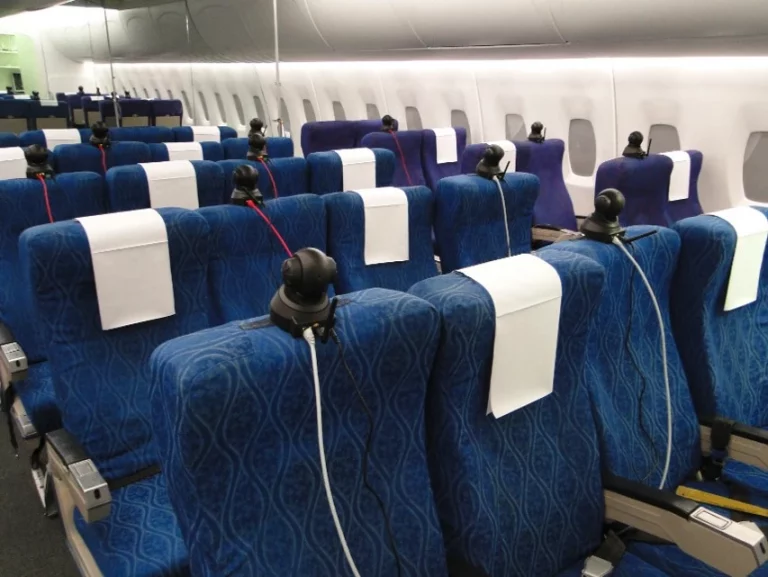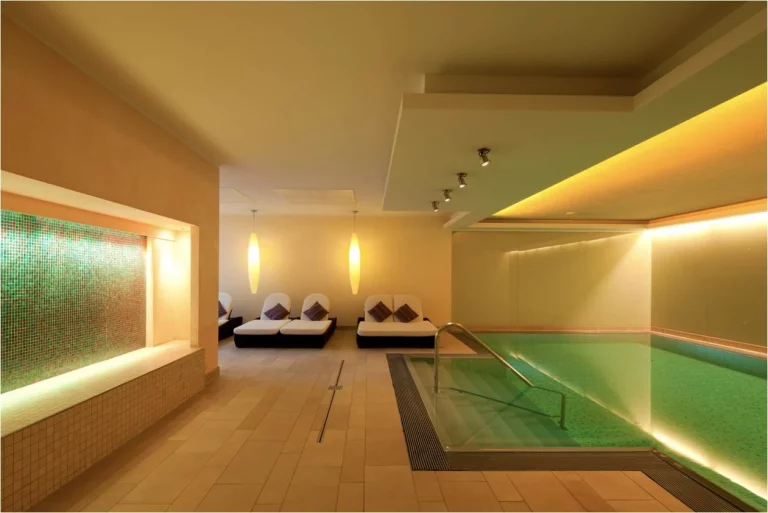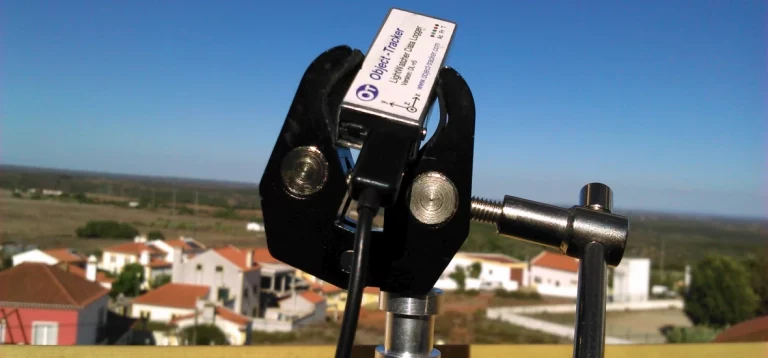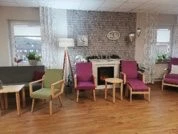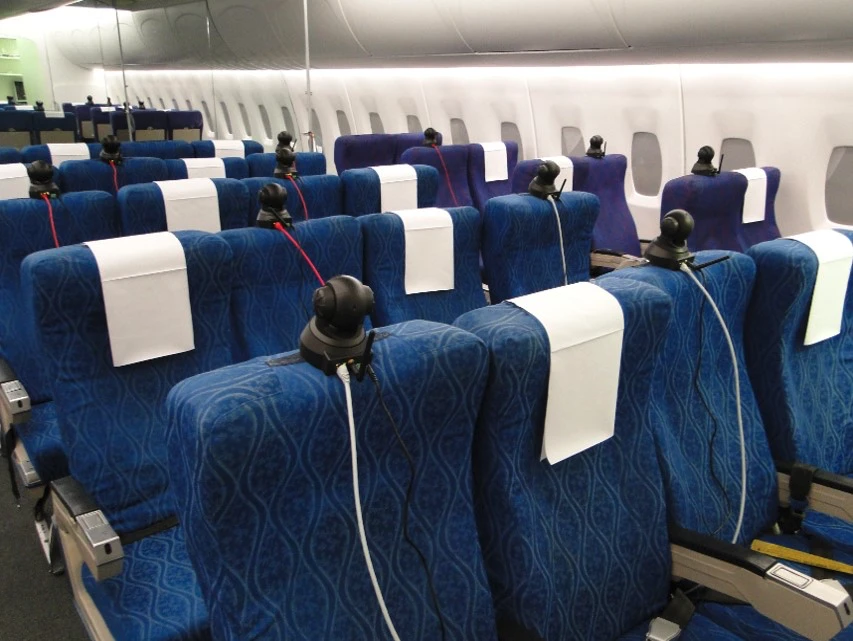
Chronobiologically Improved Cabin Lighting on Long-haul Flights
Exploration of the Passengers’ Comfort on Long-Haul Flights via Higher In-Flight Relaxation and Higher Activation Levels at the Destination
Project Justification
In addition to factors such as seating ergonomics, cabin climate, vibrations, and ambient noise, cabin lighting plays a significant role in shaping passenger comfort during long-distance flights. Previous studies have demonstrated that chronobiologically adapted lighting – specifically tailored in color temperature and intensity – can influence circadian rhythms by modulating melatonin secretion.
However, there remains limited empirical evidence on whether light exposure originating from aircraft cabin ceiling systems is sufficient to produce effects of meaningful magnitude. Further research is needed to evaluate the effectiveness and physiological relevance of such lighting conditions in real-world aviation settings, particularly in terms of circadian alignment and passenger well-being.
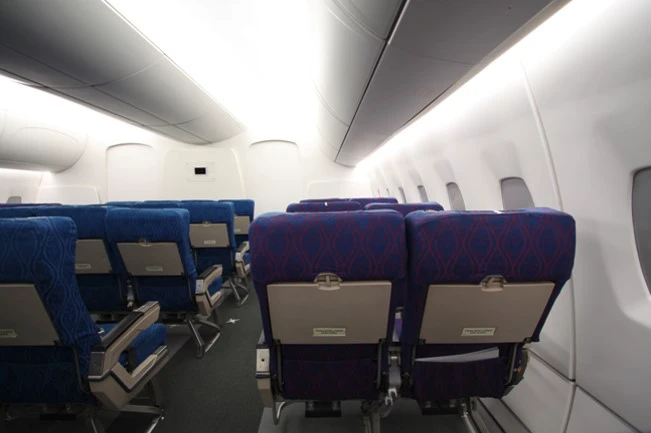
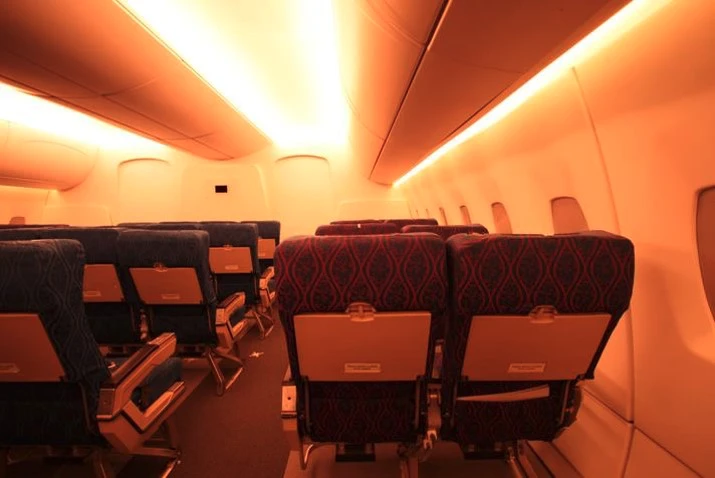
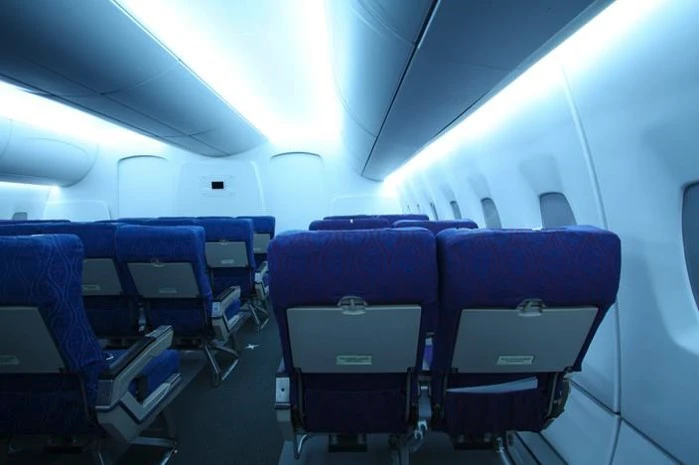
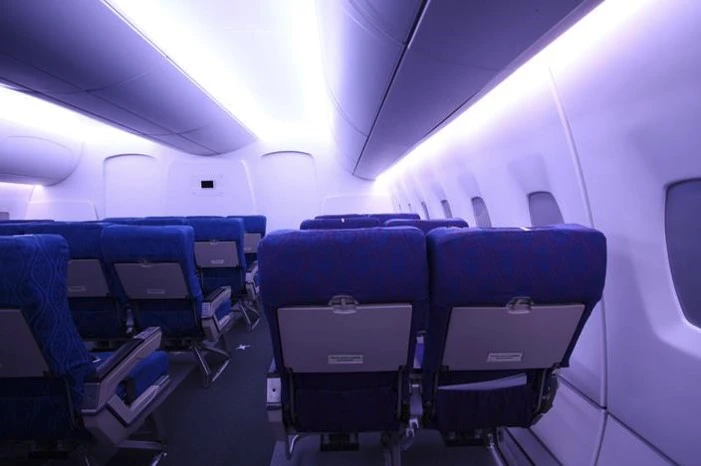
Different cabin lighting scenario (from left to right): Standard cabin lighting with fluorescent tube, light sleep phase, wake-up phase, awake phase
Our Approach
In a controlled study, we compared passenger comfort and physiological responses across six simulated 10-hour long-distance flights using two lighting conditions: chronobiologically optimized LED cabin lighting and standard cabin lighting.
Participants reported their perceived levels of activation and stress both in the morning at the beginning of the flight and in the evening at its conclusion. Self-assessments also included ratings of overall well–being and comfort.
Complementing the subjective data, IXP collected a range of objective physiological measures, including heart rate variability, facial expression analysis, and hormonal markers – specifically melatonin and cortisol levels. This multimodal approach enables a comprehensive evaluation of how lighting environments influence passenger experience and circadian physiology during extended air travel.
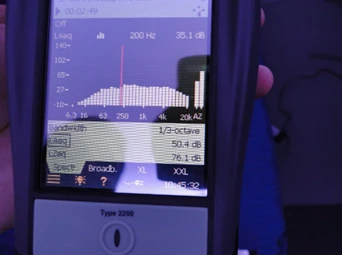
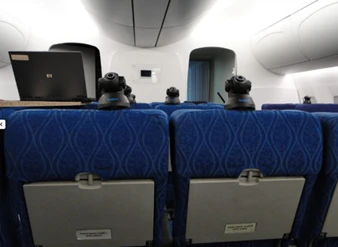
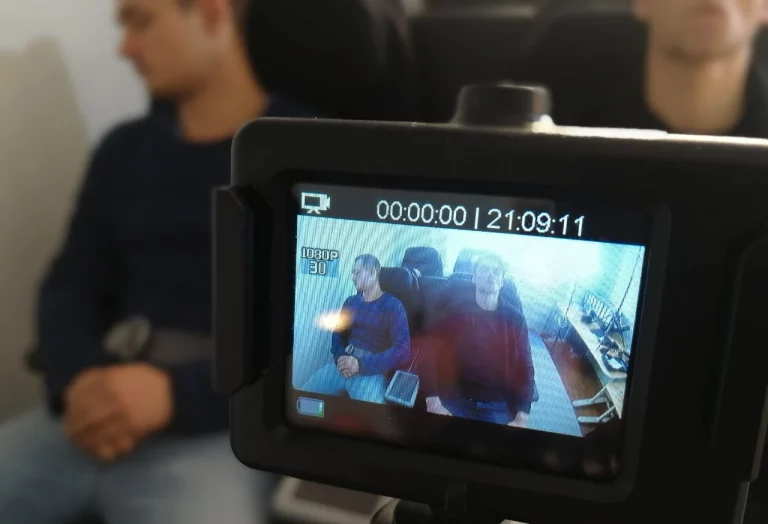
Experimental setup
Insights and Outcomes
Passengers exposed to warm white lighting reported higher levels of comfort and a more positive emotional valence. When applied in the evening, this lighting condition supported relaxation and facilitated sleep during the flight. In contrast, cold white lighting presented in the morning exhibited a stimulating effect, enhancing physiological activation and alertness.
Overall, the findings underscore the relevance of chronobiologically adapted cabin lighting for long-distance flights. IXP successfully applied existing technologies to develop dynamic mood lighting designed to support passengers’ circadian rhythms and mitigate the effects of jet lag. This approach demonstrates the potential of lighting as an effective tool to enhance comfort and well-being in aviation contexts.

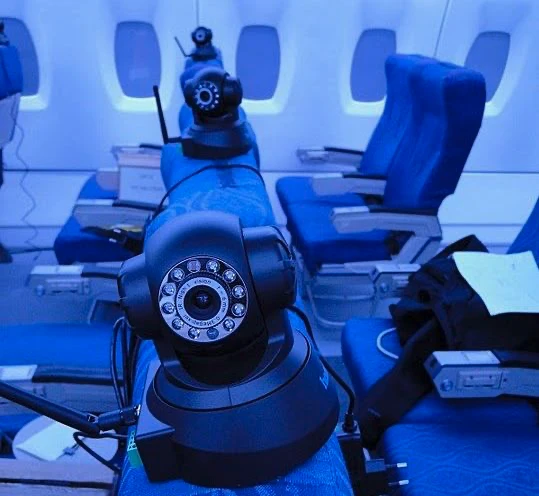
Setup of the cameras on the aircraft seats
Related Projects
Long-term measurement of spectral light conditions in Portuguese rehab settings
Long-term psychoneuro-endocrinologic evaluation of a chronobiologically adapted light system

